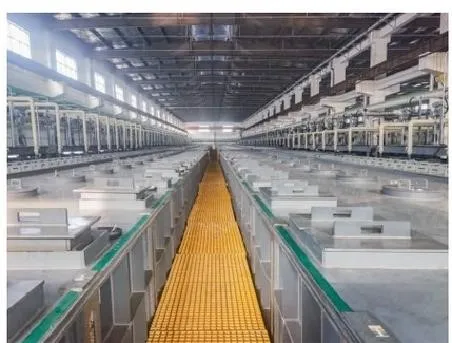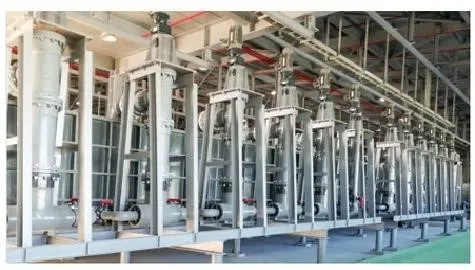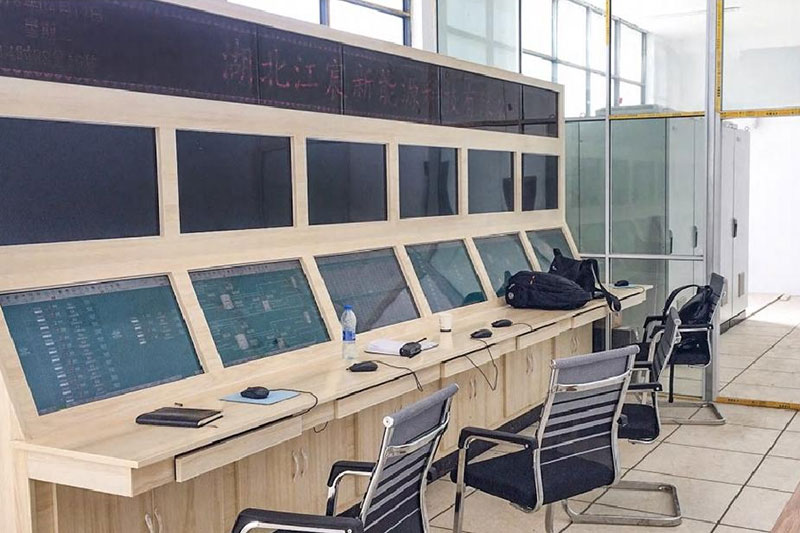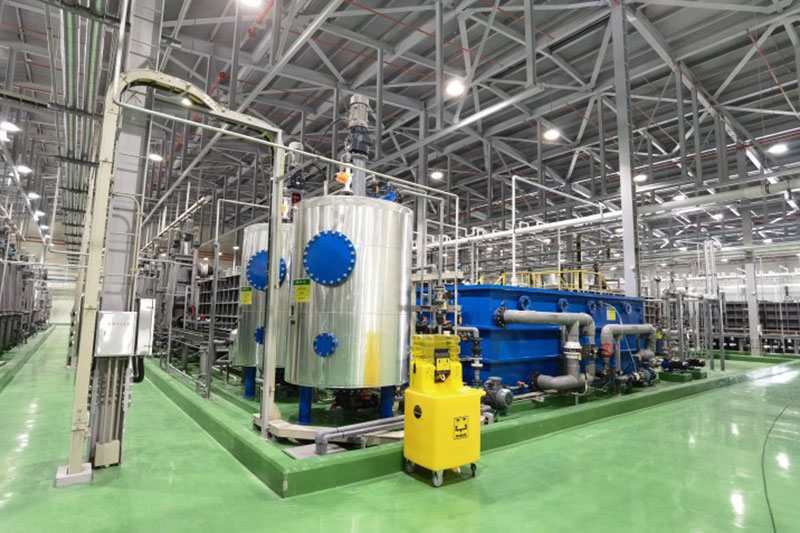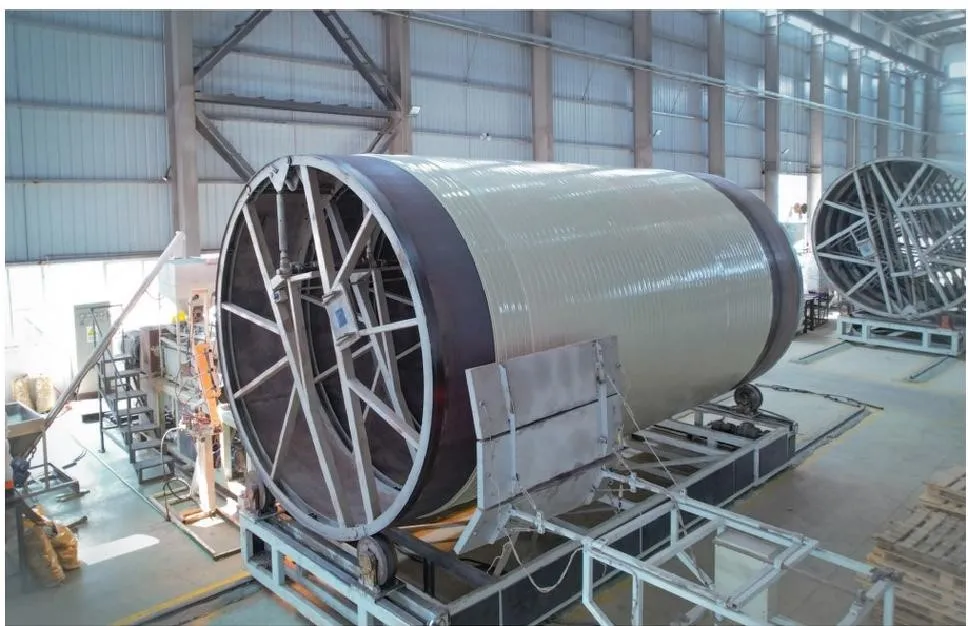Lithium batteries power everything from smartphones to electric vehicles, but improper disposal creates environmental risks. How exactly do we recycle lithium batteries efficiently and safely?
Lithium battery recycling is becoming urgent as global energy storage demands grow—let’s explore why and how.
Inhaltsübersicht
Background on Lithium Batteries
Lithium batteries are high-density rechargeable energy storage devices widely used in consumer electronics, electric vehicles (EVs), renewable power systems, and industrial backup applications. Unlike traditional alkaline or lead-acid batteries, they use lithium compounds as the active material for electrodes, making them lightweight, durable, and energy-efficient. Different types of lithium batteries exist—including lithium-cobalt oxide, lithium-iron phosphate, and lithium-manganese oxide—each with unique applications, voltage ranges, and safety profiles.
Their rapid adoption is driven by two global trends: electrification and portability. From Tesla cars to grid-scale energy storage, lithium batteries now make renewable power more viable and accessible. As nations transition to carbon-neutral systems, lithium battery production is scaling at unprecedented rates, with forecasts projecting the global lithium-ion battery market to reach over $300 billion by 2030.
However, this growth introduces a new challenge: waste. Lithium batteries have a finite lifecycle (typically 500–2,000 charge cycles), after which their capacity and internal resistance degrade. End-of-life batteries can potentially release toxic chemicals, flammable electrolytes, and heavy metals if improperly discarded.
The global demand for lithium, cobalt, and nickel—key components of battery cathodes—has also exposed geopolitical and environmental issues related to mining and material scarcity. Recycling lithium batteries not only prevents pollution but enables resource recovery to support a circular economy. Recovering materials such as lithium, cobalt, nickel, manganese, and graphite from spent batteries through proper recycling helps reduce the carbon footprint of new battery production.
In short, lithium battery recycling isn’t just a waste management solution—it’s a necessary strategy for sustainable resource use and clean-tech expansion.
Lithium-Ion Batteries as Waste
As lithium-ion batteries reach end-of-life, they enter the waste stream and become a hazardous material class. The most common sources of lithium battery waste include smartphones, laptops, e-bikes, power tools, and electric vehicles. Each year, millions of tons of discarded battery waste pile up, yet less than 5% is effectively recycled worldwide.
Improper disposal leads to significant risks:
-
Fire and explosion hazards: Damaged batteries can short-circuit, triggering dangerous thermal runaway.
-
Toxic heavy metals: Cobalt, nickel, and manganese pose risks to soil, water, and human health if they leach into the environment.
-
Loss of critical minerals: Unrecycled batteries mean wasted rare elements with high commercial and strategic value.
One of the biggest challenges in lithium battery handling is logistics. Spent batteries cannot be treated like general waste. They require special storage, labeling, and transport under international regulations such as the UN 3480 hazardous classification. Damaged batteries must be packaged in UN-approved containment systems and routed to certified recycling facilities.
There is also a lack of public awareness regarding how and where to recycle lithium batteries. In many countries, consumer electronic waste ends up in landfills or informal recycling centers that use crude techniques, resulting in pollution and health risks. Formal recycling channels often require professional collection points, shredding, separation systems, and controlled furnaces.
As the number of EVs on the road grows, large-format lithium-ion batteries (e.g., 40–100 kWh packs) are expected to dominate the waste market. High-voltage systems must be professionally discharged and dismantled before recycling, adding complexity and cost.
Increasing product responsibility policies and closed-loop recycling systems are emerging to address these concerns. Lithium battery recycling is now recognized as a core pillar of sustainable electrification.
How Lithium-Ion Batteries Are Recycled
Lithium battery recycling involves a combination of mechanical, thermal, and chemical processing to extract valuable metals. The three most common recycling approaches are:
1. Pyrometallurgical Recycling (Smelting)
Batteries are shredded and fed into high-temperature furnaces (up to 1,500°C), melting valuable metals. This process recovers cobalt, nickel, and copper but burns off lithium, graphite, and electrolytes, making it less resource-efficient.
2. Hydrometallurgical Recycling (Chemical Leaching)
This method uses acids, solvents, and reducing agents to dissolve and separate metals based on solubility. It allows recovery of lithium, cobalt, nickel, and manganese at high purity levels. However, it requires chemical handling and wastewater management.
3. Direct Recycling / Cathode-to-Cathode Restoration
Instead of breaking down the battery chemically, direct recycling recovers intact cathode materials that can be rejuvenated and reused. This process saves energy, preserves structure, and lowers CO₂ emissions but requires good sorting and pre-treatment technologies.
Typical Recycling Workflow:
-
Collection & Discharge – Batteries are safely collected, sorted, and electrically neutralized.
-
Shredding & Separation – Casings, plastics, and metals are mechanically separated.
-
Black Mass Recovery – The cathode/anode powder mix (black mass) is extracted, containing lithium, cobalt, graphite, etc.
-
Chemical Refining – Leaching, solvent extraction, crystallization, or precipitation is applied.
-
Material Purification – Lithium carbonate, nickel sulfate, cobalt hydroxide, and graphite are recovered for reuse.
Modern recyclers are moving toward closed-loop systems where 95%+ of raw materials are recovered and reused to build new batteries, significantly reducing reliance on virgin mining. Advances in lithium battery recycling are helping industries meet ESG goals and comply with circular economy policies in regions like the EU and North America.
Lithium-Ion Battery Reuse
Not all lithium batteries need to be shredded immediately. Before recycling, many undergo second-life repurposing, especially EV batteries. When vehicle batteries degrade to about 70–80% capacity, they are no longer optimal for propulsion but still usable for stationary applications like:
-
Solar energy storage
-
Peak shaving and grid stabilization
-
Home and commercial backup power
-
Low-speed electric devices (e.g., forklifts, golf carts)
Repurposing provides multiple advantages:
-
Reduces waste volume and disposal pressure
-
Extends battery service life before recycling
-
Supports affordable energy storage in developing regions
-
Optimizes embodied carbon footprint of battery production
To reuse a battery pack, modules are tested, rebalanced, and redeployed with a fresh battery management system (BMS). Many global car brands have begun partnering with energy companies to launch second-life storage systems using retired EV packs.
That said, not all batteries qualify for reuse. Heavily damaged, corroded, or untraceable units must be sent directly for recycling. So, reuse and recycling both play a critical role in sustainable lithium battery management strategies.
Zusammenfassung
Lithium battery recycling transforms hazardous waste into valuable resources, reduces mining pressure, and drives sustainable electrification. As demand for clean energy grows, advanced recycling and reuse systems are essential for a circular battery economy.

